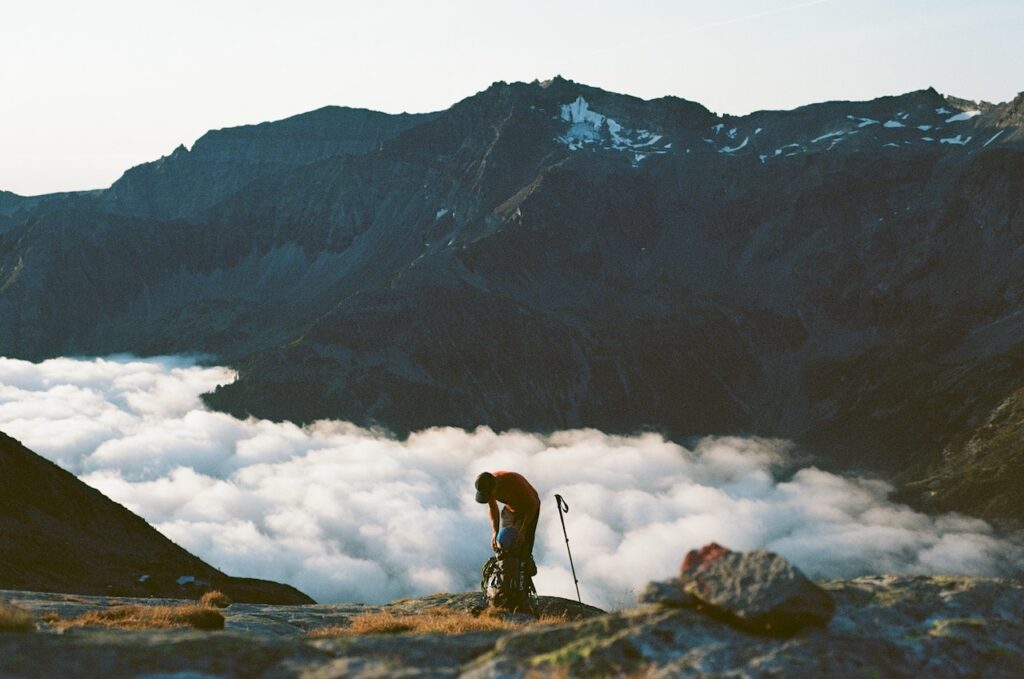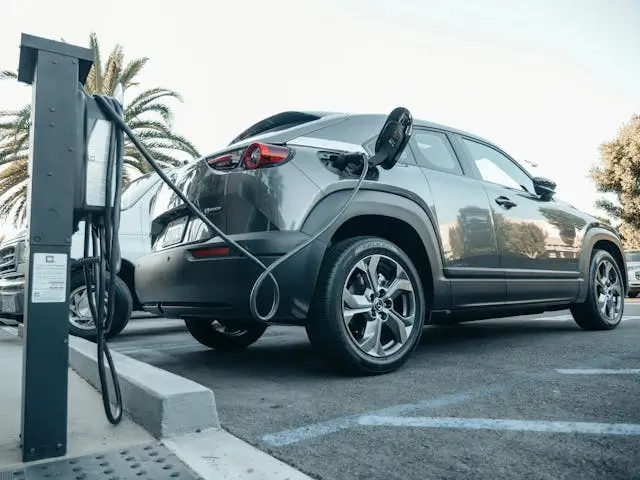
Venturing into the great outdoors for a solo hiking expedition can be a thrilling and rewarding experience, offering solitude and a profound connection with nature. However, ensuring your safety is paramount when you’re on the trail by yourself. In this article, we’ll provide you with ten invaluable tips to keep in mind as you embark on solo hiking adventures. From sharing your plans with trusted individuals to knowing your limits and being prepared for unexpected challenges, these guidelines will help you make the most of your outdoor escapades while staying safe throughout your journey.
Share Your Plans:
Informing a trusted friend or family member of your hiking plans is a crucial safety precaution. In case anything goes awry, this person will know your whereabouts and expected return time, making it easier for rescue teams to locate you if needed. It provides an additional layer of security, ensuring that someone is aware of your intentions and can take action if you don’t return as scheduled.
Stay on Designated Trails:
Opting for established, well-marked trails significantly reduces the risk of getting lost in unfamiliar terrain. These paths are maintained, and the chances of encountering hazards or becoming disoriented are diminished. If you’re not experienced in off-trail navigation, it’s best to stick to the designated routes to maintain your safety and peace of mind.
Check the Weather:
Keeping an eye on the weather forecast is a non-negotiable step before embarking on your solo hiking adventure. Sudden weather changes can be hazardous, particularly in mountainous or remote areas. Being prepared for the forecasted conditions ensures you have the appropriate gear and clothing to stay safe and comfortable throughout your hike.
Pack Essentials:
Carrying a well-prepared backpack is vital for safety. Include essentials like a detailed map of the area, a compass or GPS device for navigation, a first aid kit for any injuries, a fire starter for emergencies, a headlamp with extra batteries, additional clothing layers for varying weather conditions, and sufficient food and water to sustain you for the duration of your hike. These items provide peace of mind and enhance your ability to respond to unforeseen situations effectively.
Know Your Limits:
Recognizing and respecting your own physical and mental limits is fundamental to safe solo hiking. Choose a trail that aligns with your fitness level and experience. Attempting trails that exceed your capabilities can lead to exhaustion, accidents, or disorientation. Always prioritize your safety by selecting hikes that match your skill set and gradually working your way up to more challenging treks as your confidence and expertise grow.
Stay Hydrated:
Maintaining proper hydration is critical while hiking alone. Dehydration can quickly lead to fatigue and impair your decision-making abilities. In hot or high-altitude environments, it’s even more essential to drink water regularly. Ensure you carry an adequate supply of water, and consider a water purification method if natural water sources are available but not guaranteed to be safe to drink. Staying hydrated will keep you energized and help prevent heat-related illnesses during your solo adventure.
Be Wildlife Aware:
It’s important to research the wildlife in the area you’ll be hiking, especially if it’s known for encounters with potentially dangerous animals like bears or snakes. Carry appropriate safety equipment, such as bear spray, and be aware of recommended precautions for the specific wildlife you might encounter. This knowledge will help you stay safe and avoid unintentional wildlife confrontations.
Use the Buddy System Virtually:
While you may be hiking alone, it’s crucial to stay connected with the outside world. Carry a fully charged mobile phone as a means of communication and have the contact information for local emergency services. Keep in mind that remote areas may have limited cell reception, so consider a satellite communication device as a more reliable option for calling for help in case of an emergency.
Trust Your Intuition:
Gut feelings are often your best ally in uncertain situations. If something doesn’t feel right or you encounter unexpected obstacles like inclement weather, a path that looks unsafe, or a sense of unease, don’t hesitate to make cautious decisions. Turning back, changing your route, or altering your plans is a wise choice to prioritize your safety while hiking alone.
Hike During Daylight:
To maximize your safety, plan your hiking trips so that you complete them during daylight hours. Starting early in the day ensures you have sufficient time to finish your hike before darkness falls. Hiking at night significantly increases the risk of accidents, disorientation, and getting lost. Staying on the trail during daylight is a straightforward yet effective way to enhance your safety when exploring the great outdoors alone.


